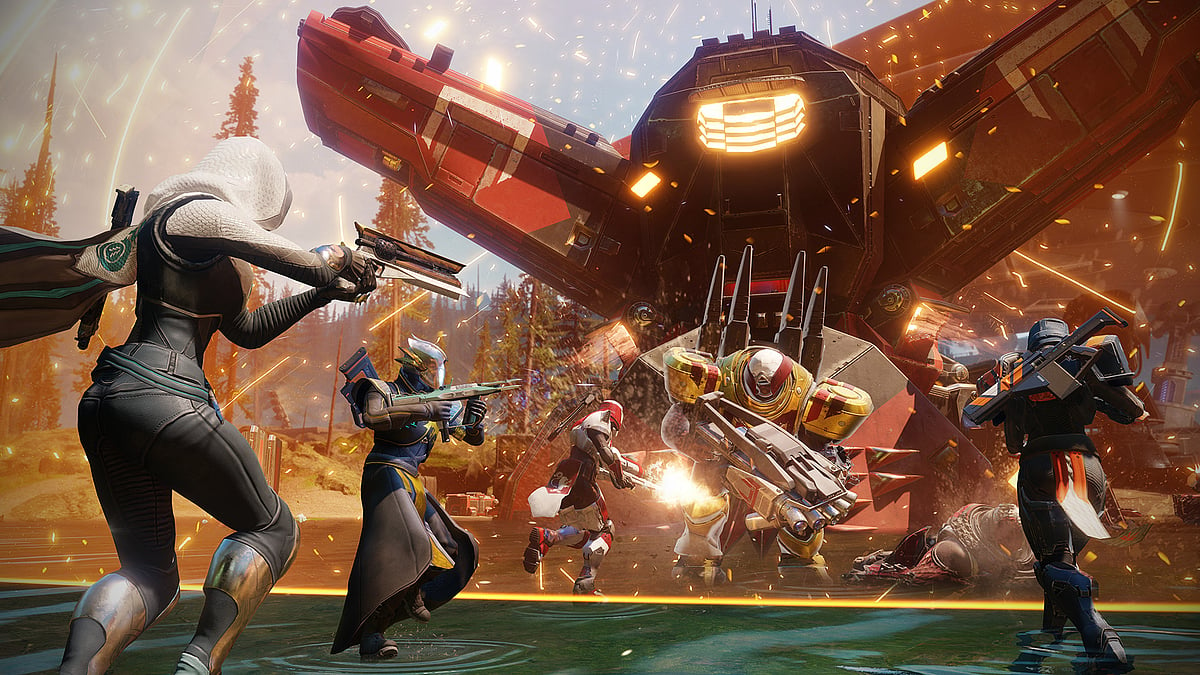
AI Chip Demand Triggers a Cost Surge Across PC Gaming
AI Demand Triggers a Cost Surge Across PC Gaming
DRAM and GDDR price spike, AI hardware economics, and new development overheads are tightening margins for PC gaming companies.
Highlights
- Surging AI demand is inflating DRAM and GDDR prices, doubling DDR5 costs and raising GDDR6 spot prices by 30%, disrupting the PC gaming hardware market.
- Manufacturers like SK Hynix and Samsung are prioritizing HBM for AI data centers, reducing consumer DRAM/GDDR supply.
- With pricier memory and rising AI-driven development overheads, OEMs, GPU vendors, and game studios face shrinking margins, signaling a long-term cost surge across PC gaming.
A rapid, AI-driven spike in memory prices is reshaping the cost structure of PC gaming, pushing the ecosystem toward an expensive new normal. In a YouTube video from Nov. 14 by Hardware Unboxed, an industry insider argues that the price surge is not gaming-market volatility but the overwhelming pressure of AI workloads on global semiconductor supply.
The price of DDR5 memory kits has increased significantly since mid-September, with 32GB DDR5-6000 going from about $125 to more than $250. Even the entry level DDR5 modules, previously available for under $100, now exceed $200. In the meantime, the spot price of GDDR6 memory, which is used in graphics cards, has increased by 30%.
According to him, the doubled-up price of DRAM within months and Video Random Access Memory (VRAM) inflation can cascade into GPU pricing. These cost shocks are already moving upstream fast enough that GPU vendors now face higher bills of materials.
Memory and Hardware Supply Tighten as AI Demand Grows
Memory suppliers are redirecting fabrication capacity toward higher-margin AI-server modules such as High Bandwidth Memory (HBM) models, limiting output of consumer DRAM and Graphics Double Data Rate (GDDR). AI data centers also require a massive amount of DRAM to support modern AI models, which further drives the scarcity.
With projects like OpenAI Stargate requiring massive memory support models, a major DRAM manufacturer, SK Hynix, recently informed that "DRAM, NAND, as well as HBM capacity for next year has been sold out," due to AI data centers’ needs. Samsung and SK Hynix, two major DRAM manufacturers, are supplying 900K DRAM wafer starts per month.
With the increasing demand for DRAM and manufacturing companies shifting their focus to HBM, the market for GDDR, which is generally used for desktops, is shrinking.
Therefore, every new PC has much more expensive memory, which raises Original equipment manufacturer's (OEM) production costs and squeezes margins for system integrators, resulting in a supply choke that affects PC gaming.
How GDDR Price Increases Would Affect GPU Pricing
GDDR is essential for GPUs to handle graphics rendering. A consistent increase in memory chip cost, consistent with all DDR models, can lift GPU retail pricing solely from memory inflation.
If GDDR prices double or approach HBM-level scarcity, the effect is far more dramatic. GPUs with 16-24 GB of VRAM, now standard in upper-midrange cards, could see price increases exceeding $20–$100 in memory cost alone based on the models, even before labor, logistics, or silicon costs are considered.
The source suggests, if the current situation stays, GPU vendors will be forced to raise Manufacturer's Suggested Retail Price (MSRPs) or reduce VRAM allocations, with the latter risking competitive backlash. A 30% increase in VRAM costs could result in price increases of $25-40, while suppliers like Nvidia and AMD continue to keep their large margins on the complete GPU package.
For example, models like RTX 5080 would see a $120 increase driven by VRAM cost. Nvidia’s rumored RTX 5070 Super, which increases VRAM capacity by 3GB with the use of GDDR 7 graphics cards, can raise the memory Bill of Materials (BOM) cost from roughly $36-$54 due to the current inflation.
With hardware costs rising, studios face a parallel cost shift inside their pipelines. AI-driven workflow, from generative asset tools to AI NPC systems, promises creative acceleration but introduces recurring costs. The combined effect is forcing every segment of PC gaming to revisit its financial assumptions, while the threat of a price increase looms.

Author
Kamalikaa Biswas is a content writer at Outlook Respawn specializing in pop culture. She holds a Master's in English Literature from University of Delhi and leverages her media industry experience to deliver insightful content on the latest youth culture trends.
Related Articles






